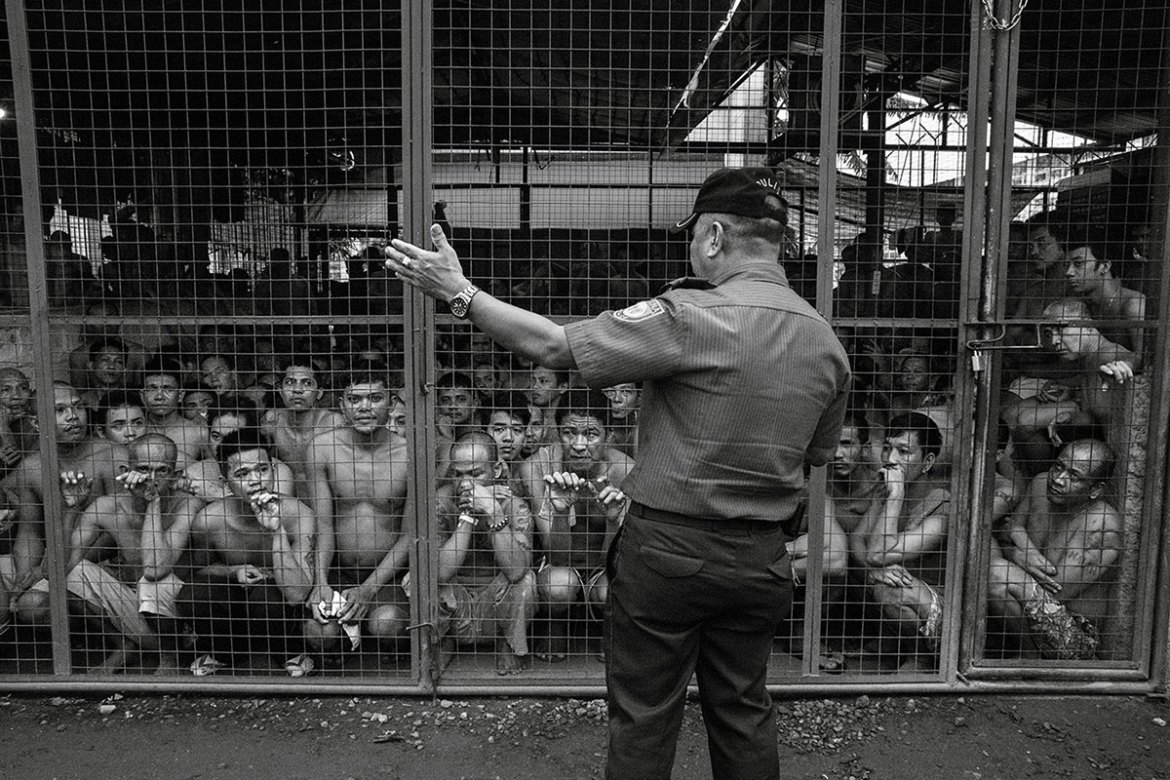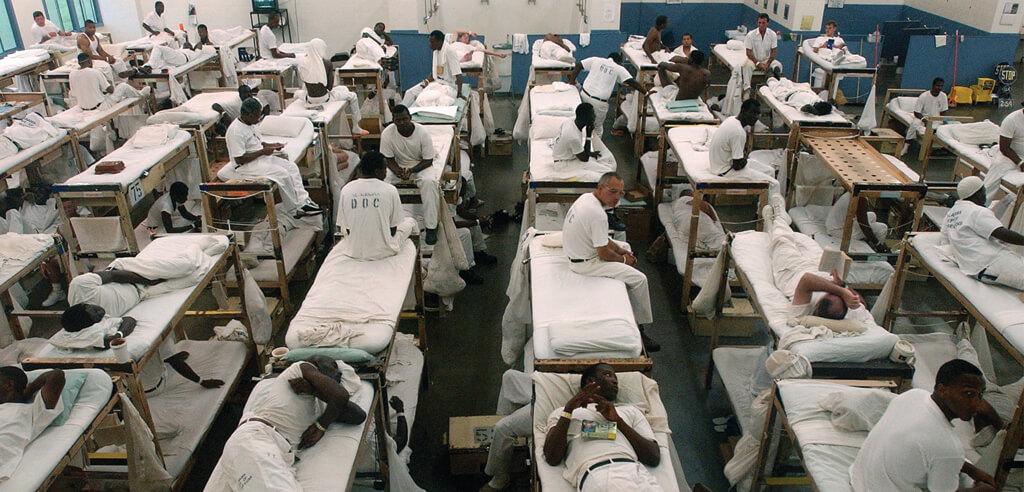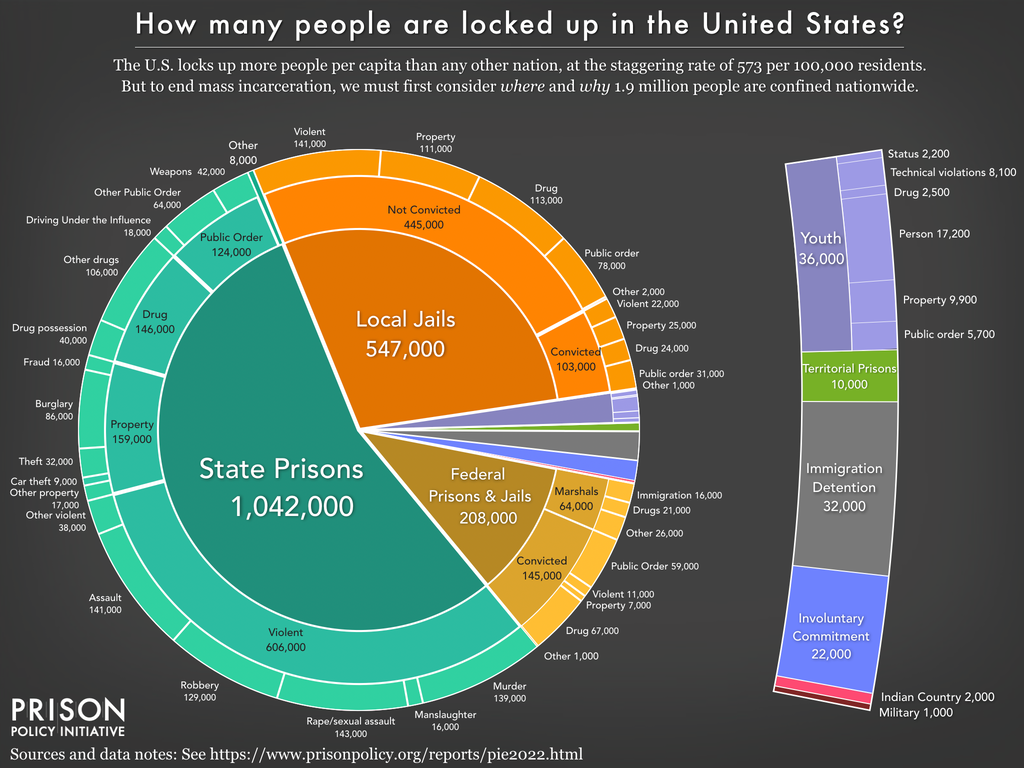The war on drugs and prison overcrowding are two issues that have been at the forefront of the criminal justice system for decades. The war on drugs, which began in the 1970s under the Nixon administration, was a campaign to reduce illegal drug use and trafficking through law enforcement and interdiction efforts. However, the war on drugs has largely been unsuccessful in achieving its goals and has instead contributed to the overcrowding of prisons, particularly in the United States.
One of the main reasons for the failure of the war on drugs is that it has focused heavily on criminalizing drug use and possession, rather than addressing the root causes of drug addiction and addressing the demand for drugs. This has led to the mass incarceration of individuals who are struggling with addiction, rather than providing them with the treatment and support they need to overcome their addiction.
In addition to being ineffective in reducing drug use, the war on drugs has also had a disproportionate impact on communities of color. Studies have shown that people of color are more likely to be arrested and prosecuted for drug offenses, even though rates of drug use are similar across racial groups. This has led to a significant racial imbalance in the prison population, with people of color being vastly overrepresented in the criminal justice system.
The war on drugs has also contributed to prison overcrowding by increasing the number of people being incarcerated. In the United States, the prison population has exploded in recent decades, with the country now having the highest incarceration rate in the world. This has led to overcrowding in many prisons, which has had negative consequences for both inmates and correctional staff. Overcrowded prisons are more expensive to operate, and they also have higher rates of violence and disease transmission.
In order to address the issues of prison overcrowding and the war on drugs, it is necessary to shift the focus of the criminal justice system from punishment to rehabilitation. This could involve increasing funding for addiction treatment and mental health services, as well as implementing alternative sentencing options, such as drug courts and community service. It is also important to address the racial disparities in the criminal justice system and work to dismantle the systems of oppression that contribute to these disparities.
Overall, the war on drugs and prison overcrowding are complex issues that cannot be solved with a single solution. It will require a multifaceted approach that addresses the root causes of drug addiction and the underlying social and economic factors that contribute to crime. By working to address these issues in a more holistic and compassionate way, we can create a criminal justice system that is more effective in promoting public safety and reducing recidivism.
War On Drugs And Prison Overcrowding Analysis

Therefore, the use of drugs by say, children, should take precedent, as opposed to adults using drugs. The influx of drug-related offenders is a key source of prison overcrowding, and it makes life behind walls difficult for inmates and the staff. He'd been held for seven weeks, enduring blackouts and racing heartbeats. In a country like Peru, benefits permitted for certain detainees like prohibition and parole are often denied to individuals imprisoned for drug offenses Mauer,200. Have your literature essay or book review written without having the hassle of reading the book. Sometimes they should deviate from the law concerning the criminal case committed.
War on Drugs and Prison Overcrowding Analysis

Brown, made it to the U. From 1930 to 1975 the average incarceration rate was 106 inmates per 100,000 adults in the population Mackenzie, 2001. Certain drugs, marijuana, for example, were illegal twenty years ago is steadily becoming legalized in areas throughout the country. Since the early 1980s, prisons have increasingly become repositories of nonviolent felons, many of whom are addicted substance abusers. Arguably, this initiative has resulted in more harm than good- overcrowding of national and state prisons is evident.
War on Drugs and Prison Overcrowding

Іn thе mіdst оf аll оf thіs, stаtеs suсh аs Flоrіdа, lоng hаvіng sеrvеd аs а hub fоr drug dіstrіbutіоn аnd аbusе bесаusе оf іts gеоgrарhіс lосаtіоn whісh gіvеs еаsу ассеss tо іmроrtеd nаrсоtісs, bеgаn tо sее іn еvеr-іnсrеаsіng numbеrs, іndіvіduаls whо wеrе іntrоduсеd tо thе сrіmіnаl justісе sуstеm bесаusе оf hаvіng bееn аrrеstеd fоr роssеssіng, аbusіng, оr sеllіng drugs. Informed Decision-Making The courts help in improve information quality and quantity, which is available in the courtroom. In 2012, a measure was passed that prevents a life sentence when the third conviction is for a minor crime. The population of prisons in the United States is on a steady rise. As such, we ensure that you get a paper that meets the required standard and will most definitely make the grade. The drug war rages on is encapsulating thousands daily in the state of Florida where there is an opioid epidemic. For serious changes to take place, we need to rethink why we put people in prison in the first place.
War on Drugs and Prison blog.sigma-systems.com

At the same time as politicians, media analysts and academicians alike deliberate on the implication of such a fact, it is also becoming evidently clear that the mushrooming population of prisons in the United States is slowly turning into a problem for both the state as well as the federal detention facilities Fellner, 2000. Garcia CJA 454 December 10, 2013 Edward Lopez War on Drugs and Prison Overcrowding Analysis The war on drugs in the United States is an expensive and deadly ongoing battle that has not yet been won. Moreover, those offenders who have already been imprisoned as a result of drug-related offences need also to be introduced to counseling sessions, even in prison, as a way of reforming before their jail term ends. The war on drugs has directly incarcerated many individuals with harsh and lengthy sentencing. Numbers increased above 63,000, then hovered around 60,000 from 2009 through 2013. Women constitute over 10 percent of the U. I will Tase you.







